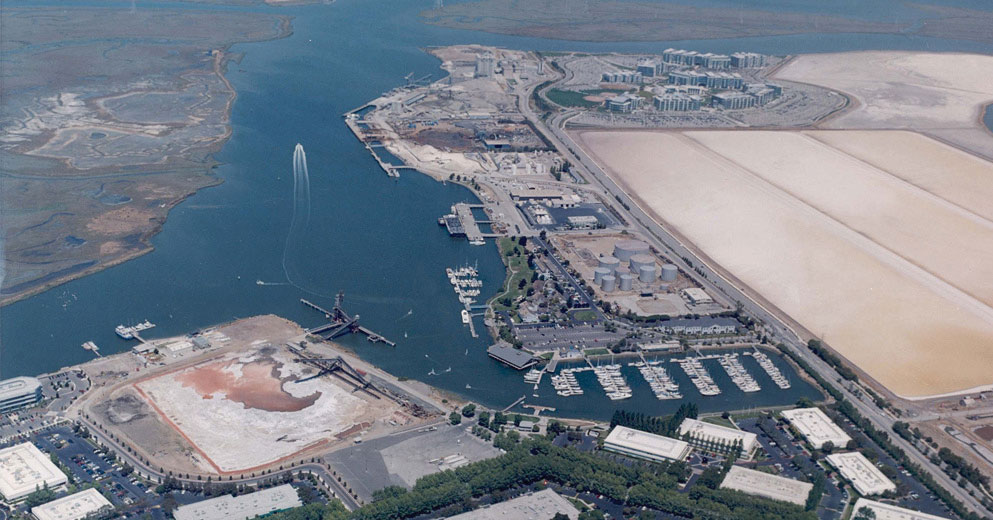Michael Giari, executive director, Port of Redwood City, located south of San Francisco is retiring after transitioning a small, unknown, bulk port into the Port of Silicon Valley.
“Mike has been instrumental in helping the Port grow and sustain that growth,” Port Commission Chairman Dodge said. ”Tonnage across the Port docks has more than tripled since Mike assumed his position in 1995 and the Port has attracted new businesses that benefit Silicon Valley.”
Dodge said Giari has brought the Port’s facilities up-to-date, including major wharf modernization. Giari also improved the Port’s waterfront recreation facilities and opportunities for the community.

In an interview with AJOT, Giari said, he was also able to withstand pressure from real estate developers in the red-hot Bay Area real estate market. He was able to keep Port property from being turned into something like a shopping mall.
That has been a big challenge and one in which the Port has had to explain its importance as the conduit for ship loads of imported construction materials that have helped build Silicon Valley companies, residences and even hospitals. We have needed to communicate the Port’s role in supporting infrastructure and development to the community, elected officials and to private business.
He noted that‚ San Jose is 20 miles from the Port. Many Silicon Valley companies are located within 20 miles of us. For example, the huge new Apple Headquarter complex, was built with aggregate, sand, gravel, cement and other construction materials that were off loaded from ships at the Port and transported down the Peninsula to the Apple site in Cupertino, 17 miles away.
This is one of many construction projects, both commercial and residential, that benefit from the Port’s location: Our location reduces delays of transporting materials, and reduces the impact on Bay Area traffic.
Recycled Metal Exports
On the export side, the Port is a transport center for recycled metals. Sims Metal processes the metals at the Port. The recycled metals are then loaded onto ships and transported for reuse.
Dredging of the ship channel, linking the Port, is almost a full time job because of the environmental requirements associated with dredging in the Bay Area. The Port works closely with the U.S. Army Corps of Engineers to maintain the channel so that it can handle ships with a loaded draft of up to 34 ft., factoring tidal variations. This means that the Port can handle vessels with a 30,000 to 40,000-ton capacity. The maximum length of vessels that can be handled is 750 feet.
New Ferry Service
Giari is working on attracting a new ferry service: There are plans for the Port to join a network of Bay Area ferries, linking Redwood City and (Silicon Valley) commuters traveling by water to: San Francisco, Oakland, and Alameda.
The Water Emergency Transportation Authority (WETA) administers all San Francisco Bay Ferry routes and is planning a new ferry terminal at the Port. As freeway congestion and emissions worsen, ferries transporting commuters by water and deploying cleaner hybrid powered engines, will provide an environmental benefit for the region and new business for the Port.
Giari joined the Port of Redwood City in 1988 as manager of trade development and was promoted to executive director in May 1995. Prior to joining the Port, he worked for the Port Authority of New York & New Jersey.
So, for all of these reasons it is lucky the Port of Redwood City did not get turned into a shopping mall.





